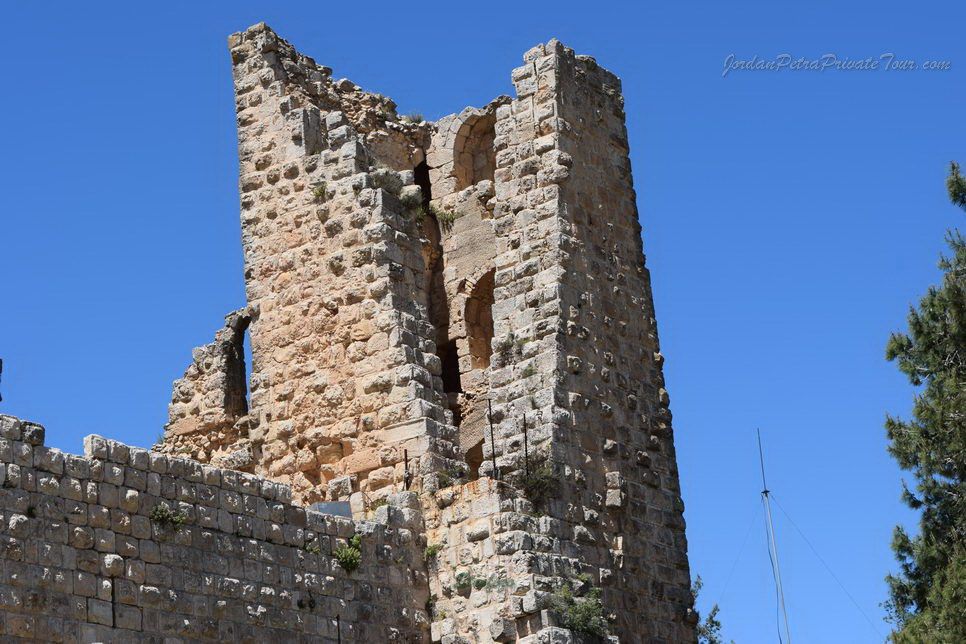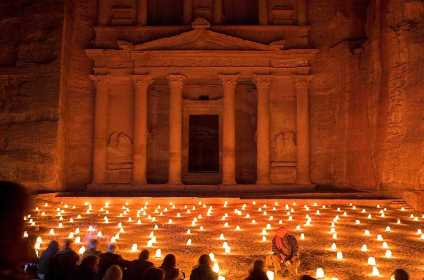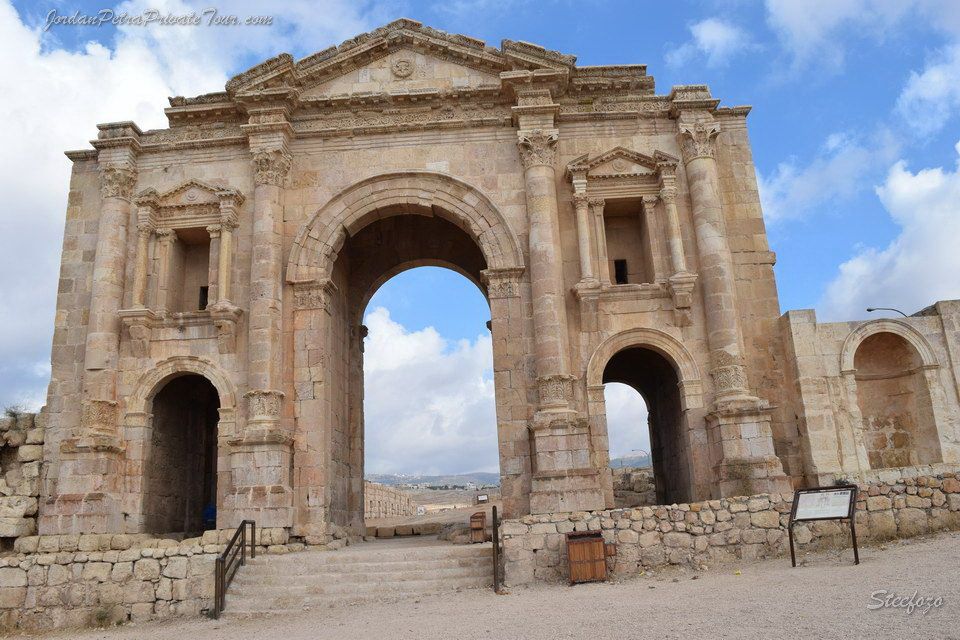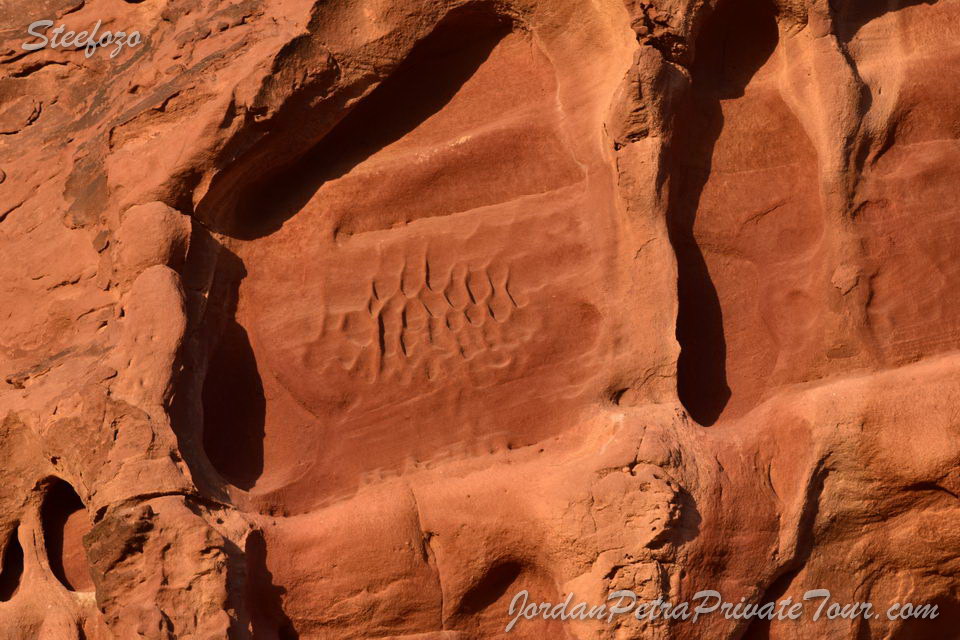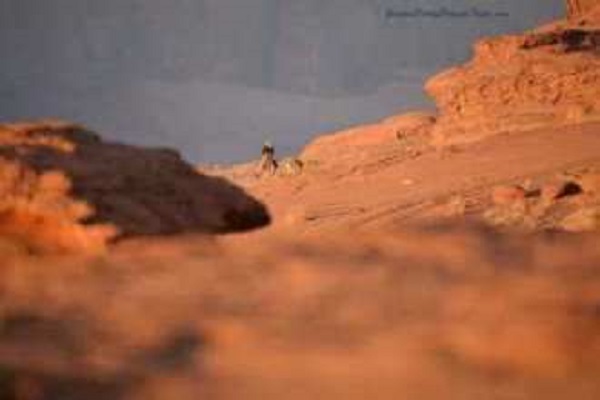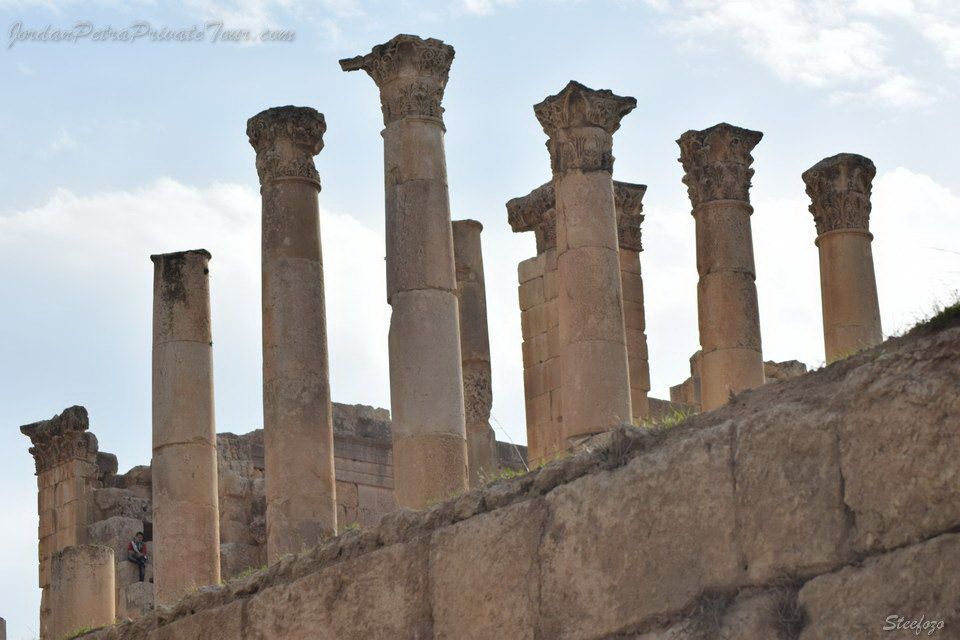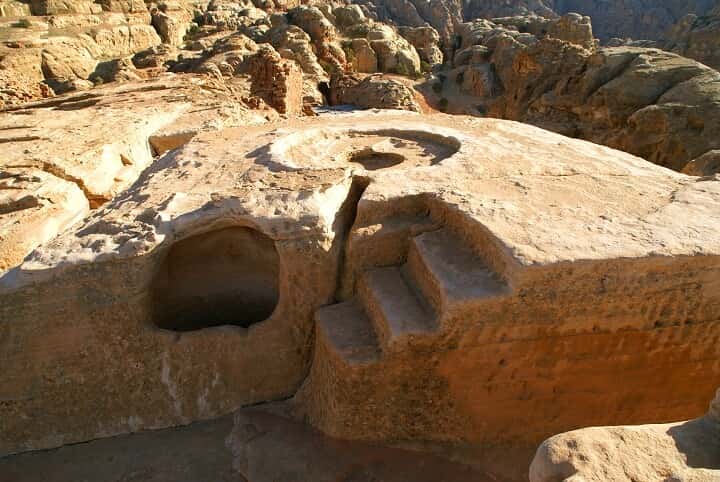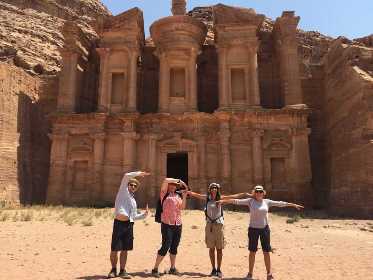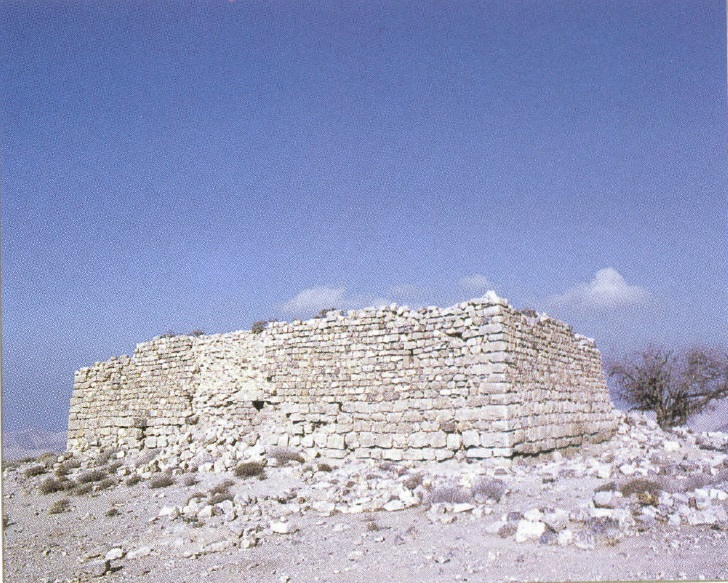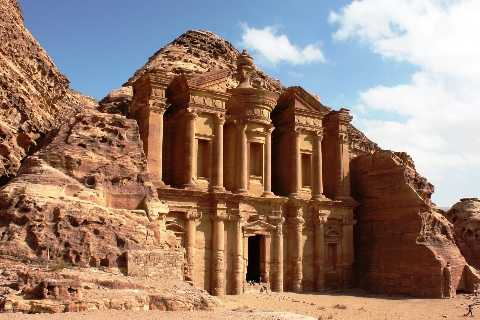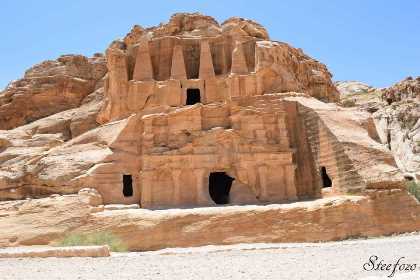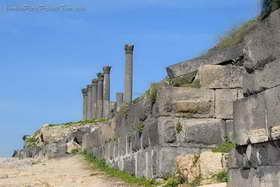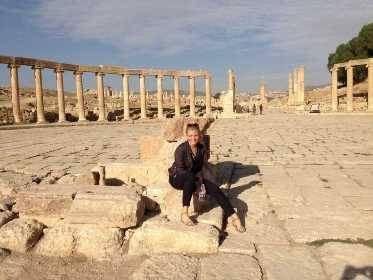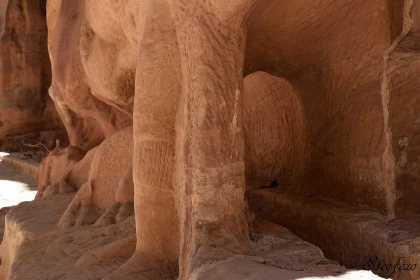A Groundbreaking Discovery Reshapes Our Understanding of Bronze Age Commerce
In a revelation that's sending shockwaves through the archaeological community, researchers have uncovered definitive proof of Egyptian Pharaoh Ramses III's reach into the Arabian hinterlands. The newly discovered hieroglyphic inscription, found 50 kilometers further east than any previously known Egyptian markings, dramatically expands our map of ancient trade networks.

The Eastern Frontier of Pharaonic Power
Carved into the rose-red cliffs of Wadi Rum's remote southeastern sector, the dual cartouches present a historical bombshell:
- The easternmost verifiable evidence of Egyptian presence
- Dated to Ramses III's reign (1186-1155 BCE)
- Located along a critical but poorly documented trade artery
"This isn't just another royal signature," asserts lead archaeologist Dr. Hani Al-Nawafleh. "The strategic placement suggests this was an official waystation, possibly marking the boundary of Egyptian-controlled territory."
Redrawing the Bronze Age Trade Map
The discovery challenges conventional wisdom about ancient commerce in three key ways:
- Beyond the Frankincense Trail
While known trade routes hugged the coast, this inland position indicates:
- Alternative paths avoiding coastal tariffs
- Direct access to Arabian Peninsula resources
- Possible copper trade from Jordan's ancient mines
- The Military-Commercial Complex
The site's defensible position implies:
- Armed escorts for precious cargoes
- Protection against desert raiders
- A system of fortified trading posts
- Cultural Exchange
Nearby petroglyphs show:
- Hybrid Egyptian-Arabian artistic styles
- Evidence of prolonged contact
- Possible religious syncretism
The Bigger Picture: Egypt's Economic Machine
Ramses III's era marked:
- The last golden age of Egyptian prosperity
- Intensive resource exploitation
- Expansion of trade networks to compensate for dwindling Nubian gold
"This carving represents more than imperial vanity," explains economic historian Dr. Miriam Kaufman. "It's the Bronze Age equivalent of a corporate logo - stamping Egyptian authority on critical infrastructure."
Future Implications
The discovery team is now:
- Conducting LIDAR surveys of surrounding areas
- Analyzing soil samples for ancient caravan residues
- Searching for companion inscriptions
Early ground-penetrating radar readings suggest possible structural remains beneath the sand. "We may be standing atop an unknown trading settlement," reveals geophysicist Dr. Yusef Mahmoud.
Why This Matters Today
Understanding these ancient networks helps us:
- Trace the origins of globalization
- Comprehend early economic systems
- Preserve fragile desert heritage
As excavations continue through 2024, this single inscription may unlock new chapters in humanity's oldest story - the perpetual dance of commerce and power across the sands of time.
For scholars and history enthusiasts alike, Wadi Rum has just become ground zero for rethinking how civilizations connected in the ancient Near East.
